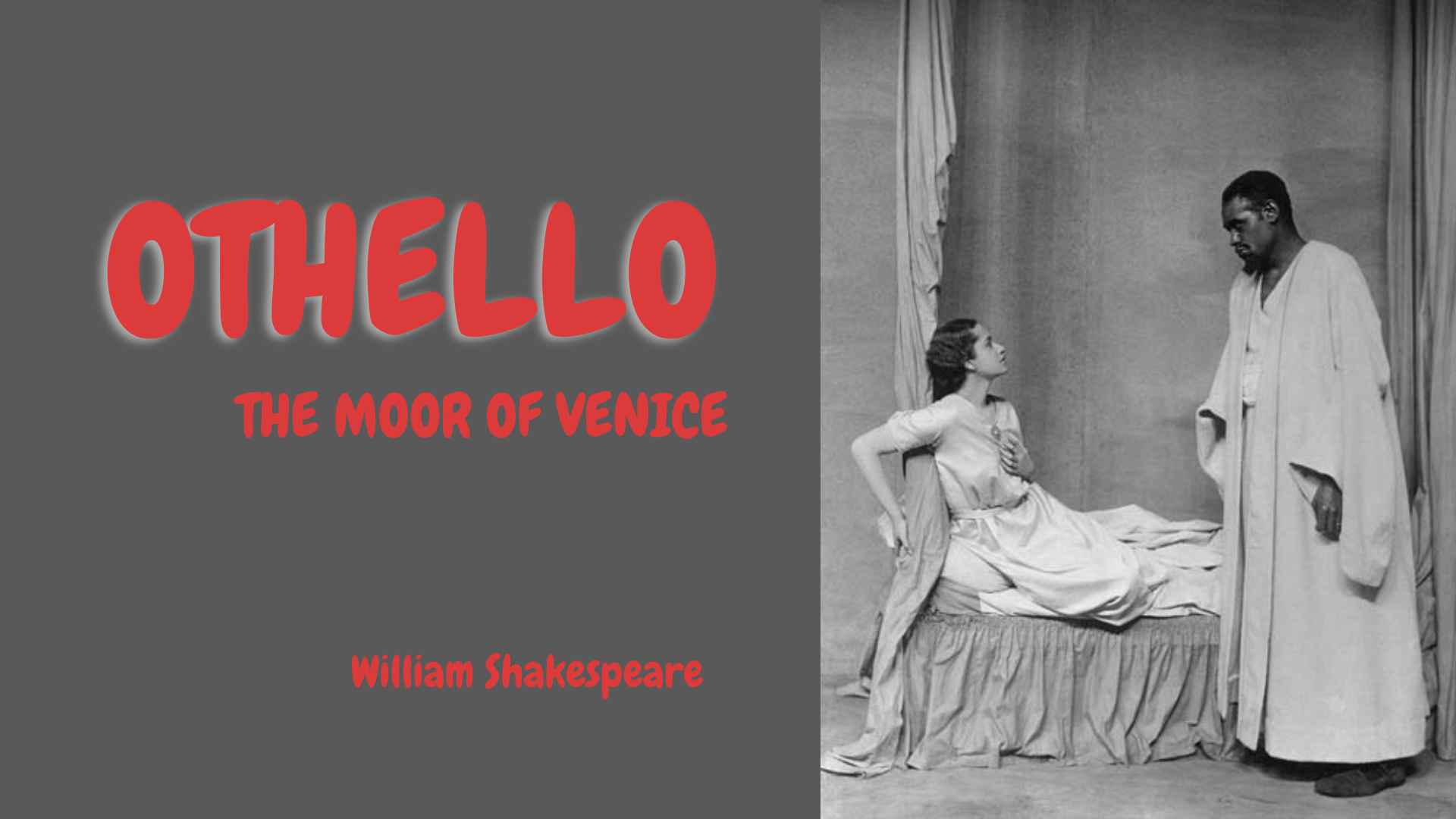Full Read Othello Novel, The Moor of Venice PDF in modern English by William Shakespeare for free online.
OTHELLO THE MOOR OF VENICE ONLINE PDF
Shakespeare probably wrote The Tragedy of Othello Novel, the Moor of Venice, in 1603 or 1604.Since we know that it was first performed at court on November 1, 1604. A classic story of love, jealousy, and betrayal, Othello is considered one of Shakespeare’s greatest tragedies.
It tells the story of Othello Play, a Moorish (North African) general who marries a Venetian lady and then is cruelly tricked into believing that his wife is unfaithful.
The plot itself was taken from a novella by Italian writer Giraldi Cinthio, which was published in 1565. (See page 218 for a translation of this tale.) This should not be con- sidered plagiarism; in Shakespeare’s day, it was common for playwrights to borrow subjects and storylines from other works and then adapt them for the stage.
Furthermore, although Shakespeare’s plot was not original, his gift for dialogue, characterization, and poetic imagery and phrasing transformed the story into something alto- gether his own.
The setting of Othello must have seemed very exotic to Shakespeare’s audience in London. The first act of the play is set in Venice, a city-state in northern Italy, and the fol- lowing four acts in Cyprus, an island in the Mediterranean Sea. (See the map on the facing page.)
Today, Venice is a part of the modern nation of Italy, but in the 1500s, it was a powerful seafaring empire ruled by a Duke, or doge, and a council of noblemen.
Seated in a lagoon on the Adriatic Sea, Venice was a major trade port with control over strategic points in the Mediterranean such as the islands of Crete and Cyprus.
The Venetians’ main rivals were the Turks, or Ottomans, who controlled a vast empire stretching from the Persian Gulf in the East to Hungary in the West, including the ter- ritories of Greece and Egypt. The Ottoman Empire and Venice were constantly at war. The objective was power and land, of course, but religion entered into the equation as well.
The Venetians were Christian, and the Turks were Muslim. To Venice and indeed to Shakespeare’s England, the Turks were the hated enemy whom Christians had fought during the Crusades. This conflict between Christian and Muslim, European and foreign, “civilized” and “barbarian,” is a major theme that runs throughout Othello.
In the play, Othello is sent to Cyprus to fend off a Turkish invasion of the island. This incident is probably inspired by an actual battle that took place in 1571. However, in real life the Turks were successful in capturing Cyprus, whereas in the play, they are held off by a storm.
Although it has a small part in the plot, the battle at sea serves an important role, as it provides a backdrop and a mirror for the smaller conflict brewing between Iago and Othello. The play asks us to examine which man, the Christian European Iago, or the Muslim-born, “barbarian” foreigner Othello, is the true enemy of civilization.
There is no record of Shakespeare having traveled to Venice, so it is likely that POLAND he relied on books to help him cre- ate an accurate picture of Venetian life.
One source he almost certainly used was The Commonwealth and Government of Venice (De magistratibus et republica Venetorum) by Italian author Gasparo Contarini, written in 1543 and translated into English by Lewis Lewkenor in 1599.
The Moors and Race in Othello Play
The Moors were a Muslim people who lived on the northern coast of Africa, an area the Europeans called Barbary. These people had a mixed heritage: they were descended from the Berbers (a Caucasian people native to north Africa) and the Arabs, who came from the east.
In the eighth century, the Moors invaded Spain and brought it under Islamic rule, in the process bringing to Western Europe their vast knowledge of art, architecture, medicine, and science, much of which they inherited from the Arabs and ancient Greeks. The Moors ruled over various parts of Spain for several centuries. Today, Moorish architecture and art can be seen all over Spain, especially in the cities of Toledo, Cordoba, and Seville.

